Blogs & News
We are focus on automotive wiring harness & connectors technology.

What is the 12 Volt Automotive Wire Connector
- Gvtong Electronic
- 12 volt automotive wire connectors, adas automotive connector, automotive antenna connector, Automotive Camera Connectors, automotive coaxial connector, automotive connector companies, automotive connector manufacturers, automotive connector suppliers, automotive data connector, automotive electrical connector, automotive electrical connector manufacturers, automotive electrical connectors manufacturers, automotive electrical distribution systems, automotive high - frequency, automotive High voltage connector, automotive Low voltage connector, automotive miniaturized coaxial connector, automotive multi pin connectors, automotive Oil-resistant Connectors, automotive optical fiber connector, automotive power connectors, automotive power distribution, automotive pressure connectors, automotive Signal Connector, automotive vibration - resistant, automotive waterproof connectors, automotive waterproof wire connectors, battery management system automotive connector, high current connectors automotive, high voltage connectors automotive, hybrid connectors automotive, mini-coax automotive connector, modular connectors automotive, oem automotive connectors, oem automotive electrical wiring connectors
- No Comments
What is the 12 Volt Automotive Wire Connector
Introduction: The Essential Role in Vehicle Electrical Systems
In the intricate world of automotive engineering, where vehicles rely on a symphony of electrical components to function seamlessly, the 12-volt automotive wire connector stands as a cornerstone. These connectors are specialized devices designed to join electrical wires in a vehicle’s 12-volt system, which is the standard voltage for most cars, trucks, and motorcycles worldwide. Unlike higher-voltage systems in electric vehicles (EVs) that can reach 400 volts or more, the 12-volt setup powers essential functions like lighting, starters, infotainment, sensors, and accessories.
But what exactly is a 12-volt automotive wire connector? At its core, it’s a mechanical and electrical interface that ensures secure, reliable connections between wires, preventing issues like loose contacts, corrosion, or short circuits that could lead to breakdowns or safety hazards. These connectors come in various forms, from simple bullet types to complex multi-pin assemblies, all tailored to withstand the harsh automotive environment—vibrations from rough roads, extreme temperatures under the hood, and exposure to moisture, oil, and dust.
The importance of these connectors cannot be overstated. In a typical modern vehicle, there can be hundreds of them, facilitating everything from engine control to airbag deployment. As vehicles become more electrified and connected, the demand for robust 12-volt connectors grows, even in hybrids where they complement higher-voltage systems. This article delves deep into the what, why, and how of 12-volt automotive wire connectors, exploring their types, workings, applications, materials, benefits, installation, maintenance, and future trends. By the end, you’ll have a comprehensive understanding of these unsung heroes of automotive reliability, empowering you to make informed decisions for repairs, upgrades, or custom builds.
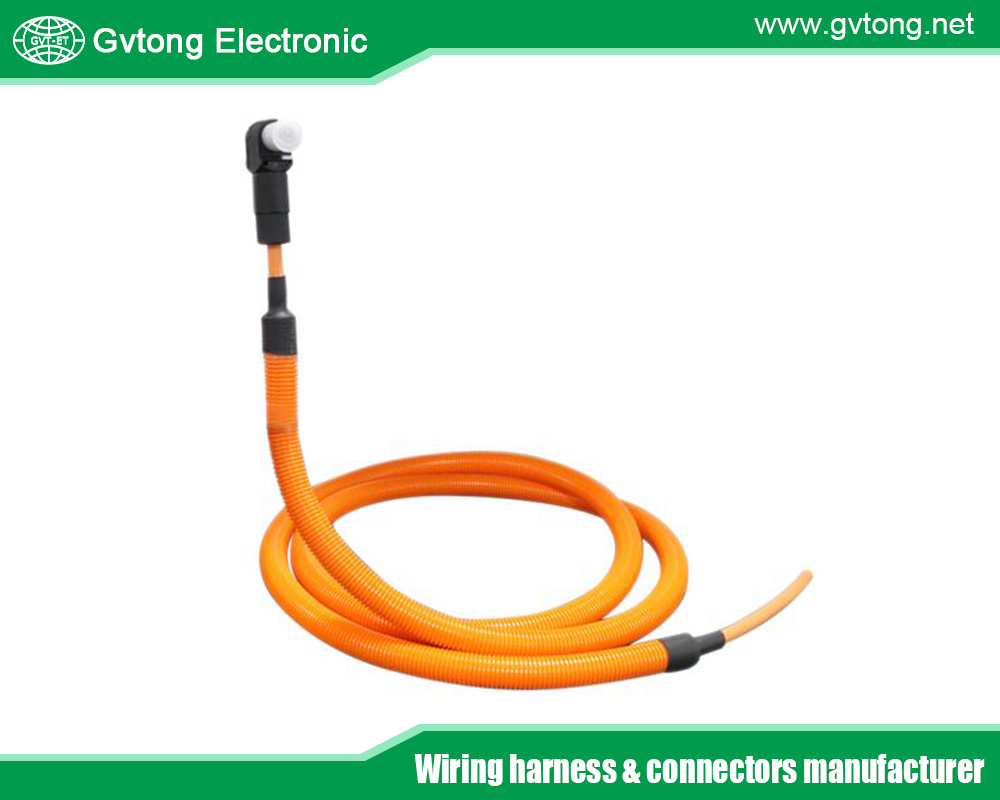
History and Evolution of 12-Volt Automotive Wire Connectors
The story of 12-volt automotive wire connectors begins in the early 20th century with the advent of motorized vehicles. Early cars, like the Ford Model T in 1908, used rudimentary wiring with basic solder joints or screw terminals—far from the sophisticated connectors we know today. These primitive methods were prone to failure due to vibration and corrosion, leading to frequent electrical issues.
The shift to standardized 12-volt systems in the 1950s marked a turning point. Post-World War II, vehicles adopted 12 volts over the previous 6-volt setups for better starting power and accessory support. This era saw the introduction of simple connectors like bullet and spade types, which allowed for easier assembly on production lines. By the 1970s, with the rise of electronic fuel injection and computerized controls, connectors evolved to handle more pins and signals, incorporating weatherproofing to combat environmental challenges.
The 1980s and 1990s brought plastic housings and crimp-style designs, improving durability and reducing weight. Standards like SAE (Society of Automotive Engineers) and ISO emerged to ensure compatibility across manufacturers. Today, in 2025, connectors integrate smart features like self-diagnostic capabilities, reflecting the industry’s push toward autonomy and electrification. Even as EVs rise, 12-volt systems persist for auxiliary power, ensuring these connectors remain relevant.
This evolution underscores a focus on reliability: from basic joins to advanced, sealed units that prevent failures in demanding conditions.
Types of 12-Volt Automotive Wire Connectors
Diversity is key in 12-volt automotive wire connectors, with each type suited to specific needs. Here’s a breakdown of the most common varieties, drawn from industry expertise.
- Bullet Connectors: These cylindrical, single-wire connectors feature male and female ends that snap together for quick connections. Ideal for low-current 12-volt applications like interior lights or auxiliary fans, they excel in vibration-prone areas due to their secure fit. However, they’re not fully weatherproof without additional sealing.
- Spade Connectors: Flat, blade-like terminals that slide into slots on relays or switches. Common in dashboard wiring and fuse boxes, they handle 12-volt power for components like horns or wipers. Variants include insulated versions for safety.
- Butt Splice Connectors: Used to join two wire ends inline, these are crimped for a permanent bond. Heat-shrinkable types add waterproofing, making them perfect for repairing damaged harnesses in 12-volt systems exposed to moisture, such as undercarriage wiring.
- Ring Terminals: Feature a circular end that bolts onto studs, like battery terminals or grounds. They’re crucial for high-vibration 12-volt connections, ensuring stable earthing to prevent electrical noise or failures.
- Weatherproof Connectors: Designed with seals (e.g., O-rings) to resist water, dust, and oil. Brands like Deutsch offer these for exterior 12-volt applications, such as trailer lights on trucks, where IP67 ratings ensure submersion resistance.
- Quick Disconnect Connectors: Allow tool-free separation, useful for maintenance on fuses or sensors in 12-volt circuits. They’re flat and compact, fitting tight spaces in engine bays.
- Multi-Pin Connectors: House multiple wires (from 2 to over 50 pins) in one unit, like those for ECUs or infotainment. In 12-volt systems, they transmit power and data signals, with locking mechanisms to prevent disconnection.
- Pigtail Connectors: Pre-wired assemblies for replacing damaged plugs, available in shapes like flat, round, square, or rectangular. They’re versatile for 12-volt repairs in headlights or sensors.
- Terminal Blocks: Support multiple connections via screws or clamps, ideal for clustering wires in 12-volt distribution panels.
- Scotch Locks (Splice Connectors): Insulation-displacement types that pierce wire sheathing for quick joins without stripping, suited for temporary 12-volt fixes.
- Twist-On and Push-In Connectors: More common in residential use but adapted for automotive with vibration-resistant designs.
- Crimp-Style Connectors: General category involving tools to compress terminals onto wires, including seamless types for heavy-gauge 12-volt cables.
- Deutsch Connectors: Rugged, sealed units for harsh environments, resistant to corrosion and vibration in 12-volt marine or off-road applications.
Each type addresses specific challenges in 12-volt systems, from simplicity to robustness.
How 12-Volt Automotive Wire Connectors Work
At a fundamental level, these connectors facilitate electrical continuity by bridging conductors while providing mechanical stability. In a 12-volt system, current flows from the battery through wires to loads like lights or motors. Connectors interrupt this path temporarily for assembly or repair but ensure low-resistance joins.
Technically, they consist of terminals (metal contacts), housings (plastic shells), and seals. Male pins insert into female sockets, creating a conductive path. Crimping compresses the terminal around the wire’s stripped end, often with ratcheting tools for precise force. Locking tabs or secondary locks secure the assembly against vibrations.
In multi-pin setups, pinouts follow wiring diagrams to match signals—e.g., power, ground, data. Weatherproof types use silicone seals to achieve IP ratings, preventing ingress that could cause shorts. For 12-volt specifics, they handle currents up to 30 amps per circuit, with gold or tin plating on contacts to resist oxidation.
The working principle emphasizes reliability: minimal voltage drop (under 0.1V) and endurance through 10,000+ mating cycles. In trucks, they endure higher loads; in cars, compact designs prevail.
Applications in Cars and Trucks
In passenger cars, 12-volt connectors power everyday features: headlights (pigtail types), stereos (bullet for speakers), and sensors (multi-pin for OBD-II). They ensure diagnostics via plugs like the 16-pin OBD-II, standard since 1996.Trucks demand ruggedness for trailers (weatherproof multi-pin) and engines (Deutsch for sensors). In fleets, they reduce downtime by enabling quick swaps.
Across both, they support accessories like USB ports or auxiliary jacks, integrating with 12-volt batteries for charging and audio.
Materials, Standards, and Testing
Materials include nylon or PPS housings for heat resistance (-40°C to 150°C), copper-alloy terminals for conductivity, and Viton seals for chemical resistance. Standards like SAE J2030 (fluid compatibility) and ISO 6722 (insulation) govern design.
Testing verifies continuity, durability (vibration simulations), and environmental resistance (salt spray). Compliance ensures safety in 12-volt systems.
mktest.com
Benefits and Advantages
These connectors enhance safety by preventing shorts, reduce costs through easy repairs, and improve performance with reliable signals. Their durability extends vehicle life, and universality simplifies parts sourcing. In 12-volt hybrids, they protect low-voltage circuits.
Installation Guide: Step-by-Step
- Gather tools: crimpers, strippers, multimeter.
- Disconnect battery.
- Strip wires (1/4 inch).
- Crimp terminals.
- Insert into housing, apply grease.
- Mate and lock.
- Test continuity.
Avoid over-crimping; match gauges.
Maintenance and Troubleshooting
Inspect for corrosion; clean with contact spray. Troubleshoot shorts with multimeters. Replace if damaged to prevent failures in 12-volt systems.
Future Trends in 12-Volt Connectors
As vehicles electrify, 12-volt connectors will integrate with 48-volt mild hybrids, featuring smart sensors for predictive maintenance. Sustainable materials and wireless options may emerge, but wired reliability remains key.
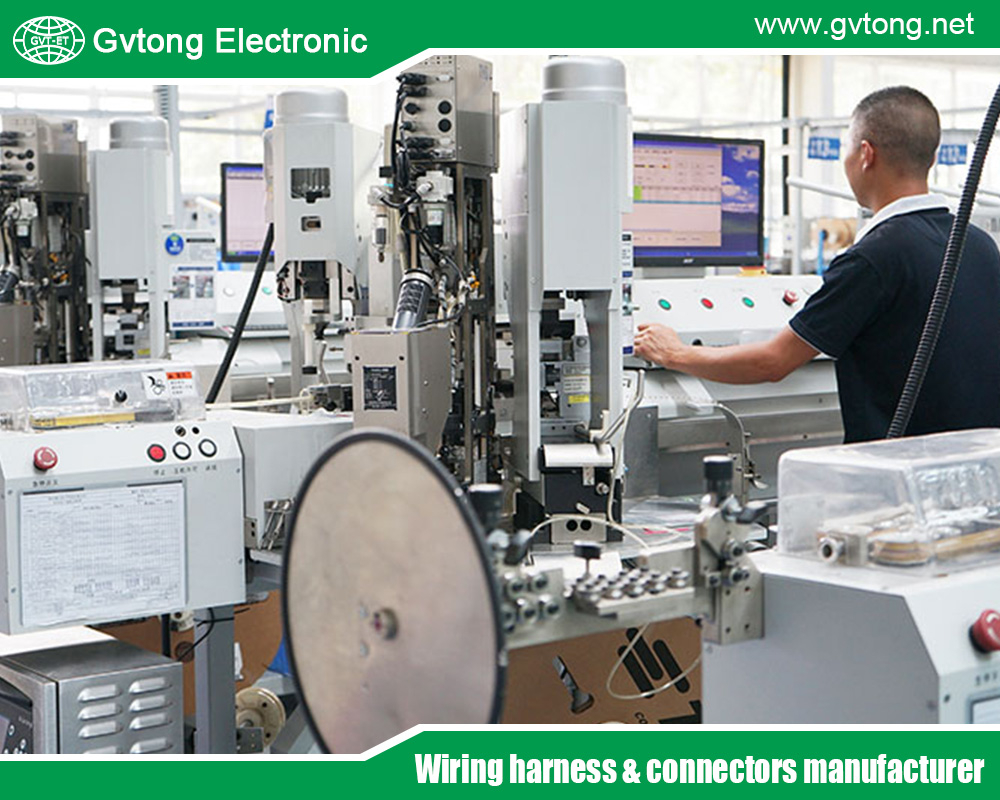
Conclusion: The Backbone of Automotive Electricity
The 12-volt automotive wire connector is more than a simple join—it’s vital for vehicle functionality, safety, and innovation. From basic bullets to advanced Deutsch types, they power our drives. Understanding them equips you for better maintenance and upgrades in an evolving automotive landscape.
For more about what is the 12 volt automotive wire connector, you can pay a visit to Gvtong at https://www.gvtong.net/ for more info.
Recent Posts
Recommend the Best ADAS Automotive Connector Manufacturers in China
What is an Electrical Distribution System and How to Choose It
The Top Automotive Electrical Connectors Manufacturers You Want to Know
How to Choose the Best Automotive Connector Suppliers in Vietnam
The Best High Current Connectors Automotive Manufacturer in China
What is an Oil-Resistant Automotive Connector?
Tags
Recommended Products
-
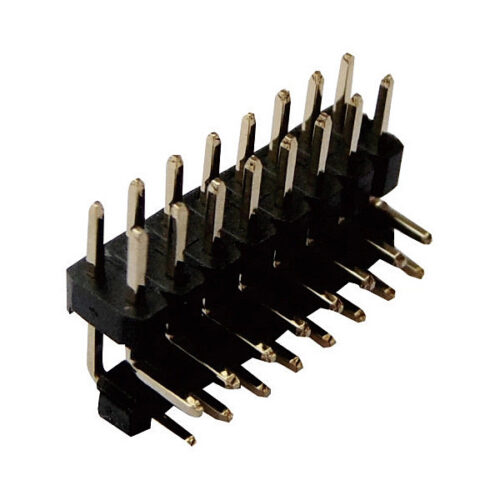
Pin header and female header
-

Automotive 2-Core Plastic Via Connector Automotive Connector 2 Pin 2.8mm 23A Straight Socket Plastic Shell
-

GE Series-14-core three-row signal connector
-

GE Series-35-core three-row signal connector
-

GR Series-19-core 16# circular signal connector
-
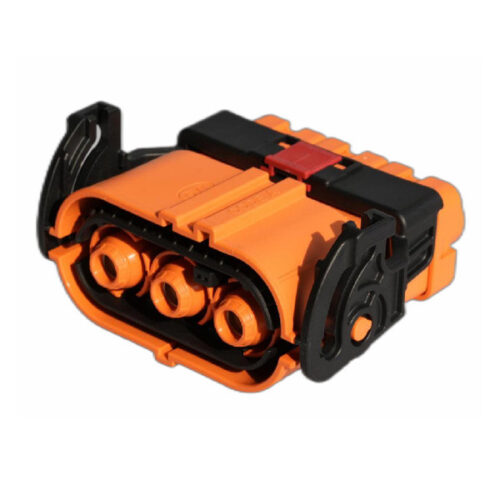
GH800 Series-3-core plastic high voltage connector
-

Pin header and female header
-
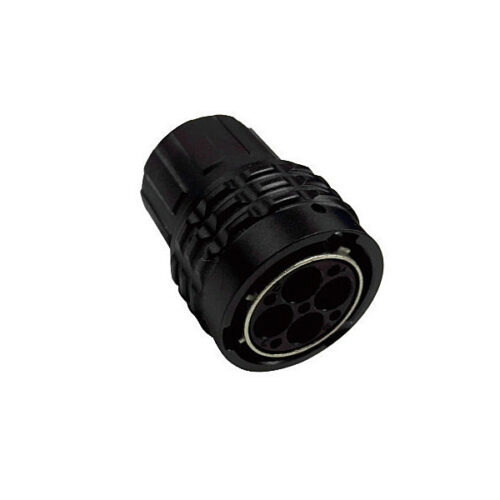
Signal connector-4 core-16#
